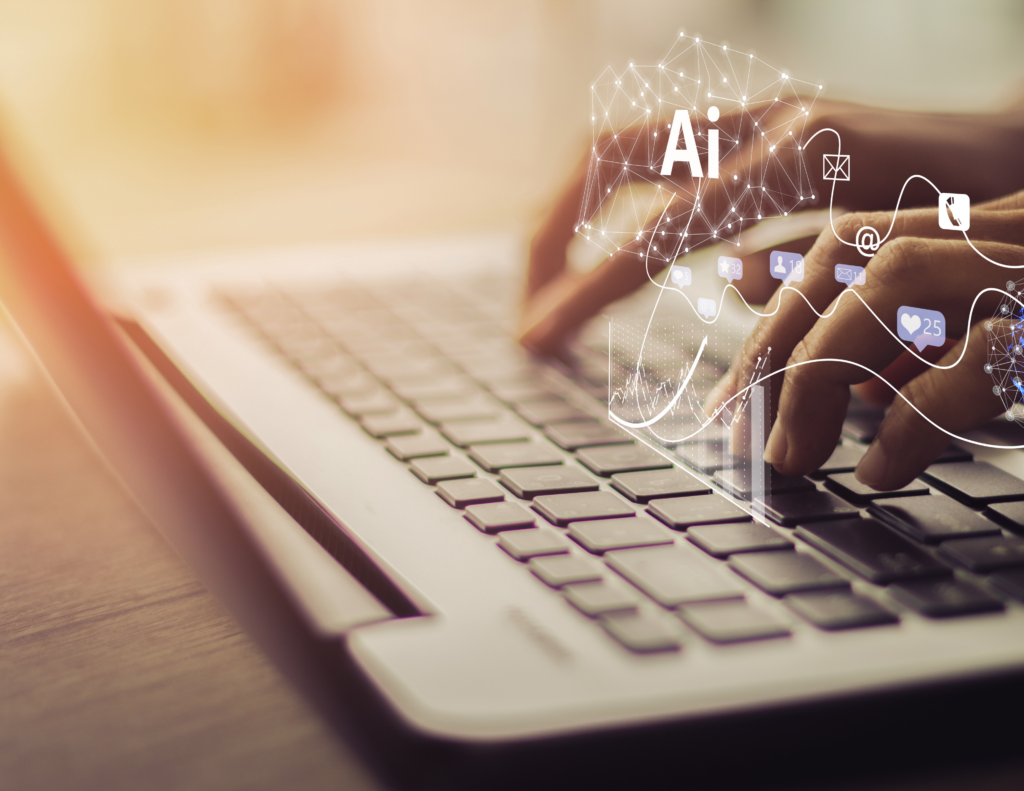AI is not a novel creation, yet it has recently emerged as a burgeoning industry. Fueled with ample data and technical specifications, AI is now a vital tool that bolsters the productivity and effectiveness of numerous businesses. HR is no exception. In this blog series, we speak with Alex Miklin, Senior Vice President of Industry and Technology Solutions, about the synergies between HR and AI. We also delve into the importance of measured and managed growth in the adoption of AI within HR.
The Growing Need for AI and Automation in HR
HR department responsibilities have remained fundamentally constant throughout the digital age. If anything, they have taken on a more complex lens as it relates to compensation. Compensation is a crucial pillar for retention and acutely essential at a time when many companies are trying to determine what the future of work looks like. Juggling multiple data points, Miklin believes that AI and automation present a unique opportunity to stay ahead of the curve.
He asserts, “People are what make the difference at any company. I don’t see that AI would be a replacement for people… It’s more of just a better way to understand the data that you have in front of you as it ties back to the people that use it.”
Opportunities Offered by AI and Automation
Within the HR space, there are numerous opportunities emerging for the use of AI. The key to the initial adoption of this technology hinges on a balanced approach, integrating automation with expert human oversight. The following points highlight where AI can be used for HR technology.
Enhance Onboarding
“One of the things that we’re focused on is leveraging AI to be able to automate the onboarding journey for our customers when they’re setting up our compensation platform,” Miklin says.
He explains that using existing data and lessons learned from it, HRSoft is working to normalize the information they have and, using an AI system, provide step-by-step support that their internal team would normally handle.
Data-Driven Decision Making
While data is readily available for many industries, it is not always easily distilled. Miklin says AI can be used as an opportunity to identify salary benchmarking anomalies as they relate to compensation. “A big focus for our customers is to ensure that they’re paying their employees effectively based on the market and other types of benchmarks that align to an employee’s role; their location, their tenure, and their skill sets,” Miklin says.
He adds that for organizations with more than 10,000 employees, clear outliers may not be obvious without the support of AI.
“To be able to identify [anomalies] and then to populate that within a data visualization, we think is a pretty unique offering, and that’s really people analytics as a whole,” Miklin says, adding the concept of people analytics is growing in the HR tech space, and leveraging this data more effectively is lacking in basic tools that simply download reports.
The partnership of AI and HR is a game-changer, but not a replacement for human involvement. It’s about using technology to decode data and enhance decision-making, not supplanting people. Alex Miklin from HRSoft underscores the importance of this collaboration. Delve deeper into HRSoft’s opinion of AI’s impact on HR software.



